
How to deliver the ideal O-ring solution
Find out how Datwyler ensures the highest quality of O-rings by using the latest production equipment, Datwyler’s production system and co-engineering capabilities.
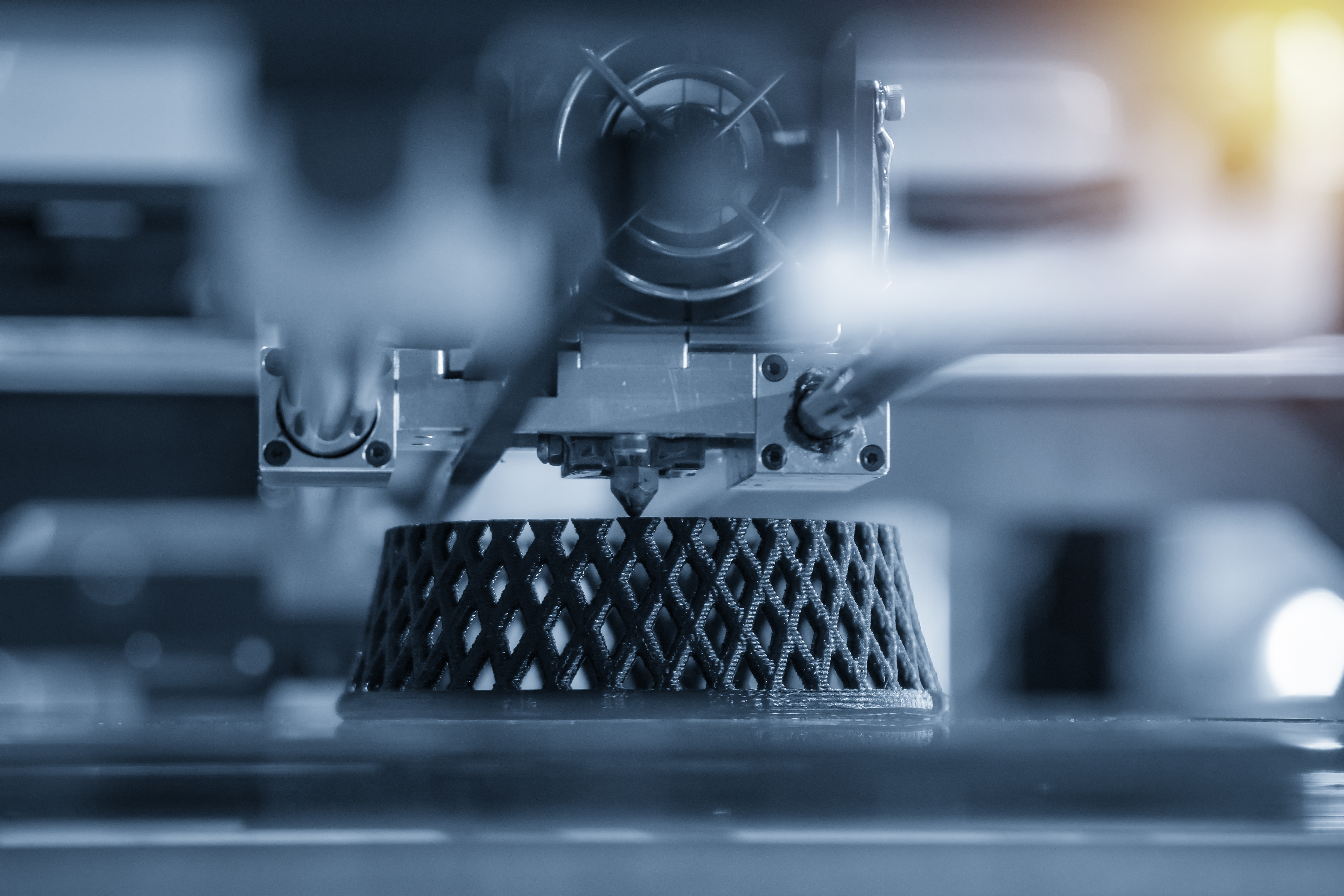
Our customers have access to our outstanding technologies, innovation capabilities and simulation know-how to materialize their vision better and faster.

Find out how Datwyler ensures the highest quality of O-rings by using the latest production equipment, Datwyler’s production system and co-engineering capabilities.

Development of brake systems and how Datwyler is coping with the challenges thanks to its core competencies.
Our focus is clear where technology development is concerned: To identify, develop and secure innovative, multidisciplinary technologies globally to enable the creation of new products to drive your success. From the broad spectrum of applications in new mobility, including embedded electronics and so-called smart rubber, to wearables, we are helping to transform the sectors in which you operate by working closely with you to address the challenges and opportunities that you face.
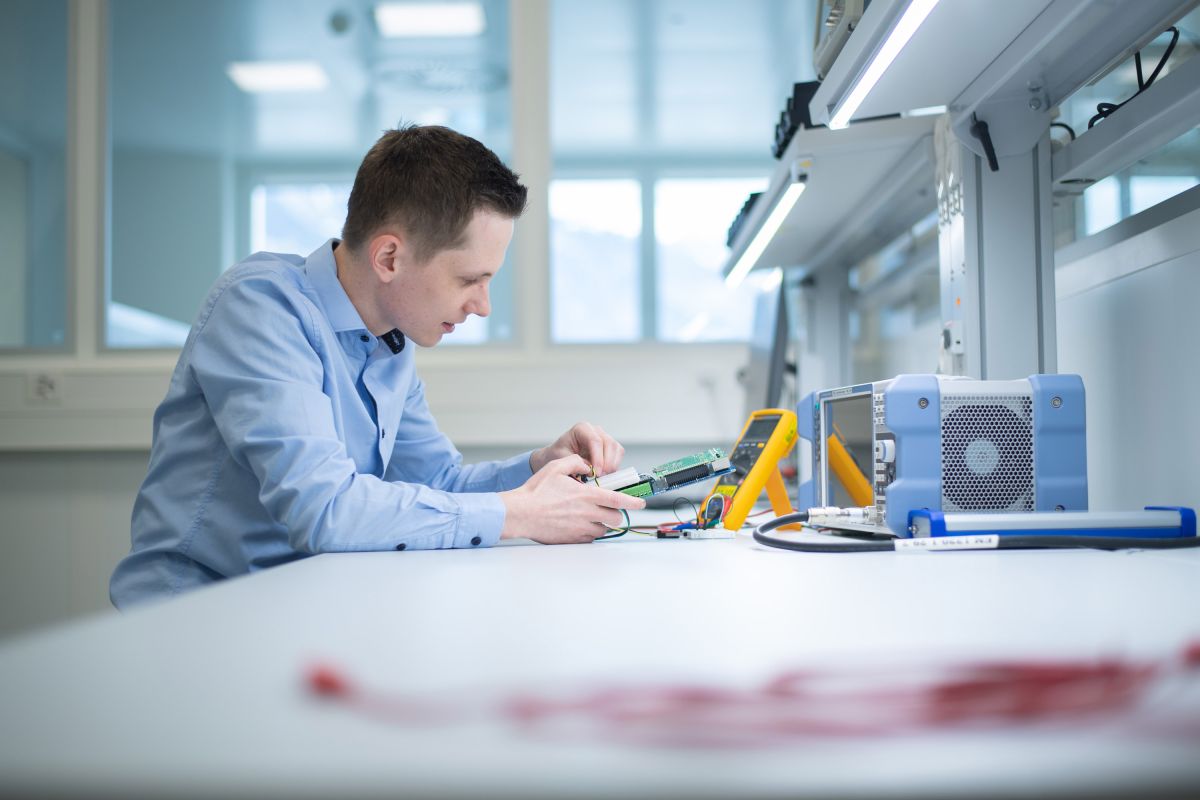
Engaging from conception to completion and beyond, you have access to our specialist teams, all with diverse backgrounds and fields of expertise. From electrical, robotics, biomedical and chemical engineers, to mechanical designers, surface specialists and material scientists, we are able to assign the perfect combination of skills to deliver against your unique requirements. From ideation, we move to concepts, prototyping, testing and analysis, material selection, advanced prototyping and manufacturing processes, all the while optimizing your designs accordingly.
This multidisciplinary approach gives you an industrialization partner that can deliver at every stage on the path to serial manufacturing and beyond, drawing on a vast portfolio of processes that is ever-evolving as technologies advance. We are constantly monitoring and engaging with the cutting-edge of manufacturing science and technology, to work smarter and to accelerate your success. Our own capabilities, in combination with engaging with world-leading innovation partners, has seen proven success on co-engineering projects from start-ups to global corporations, and the earlier we can engage in the process the more benefit we can deliver.
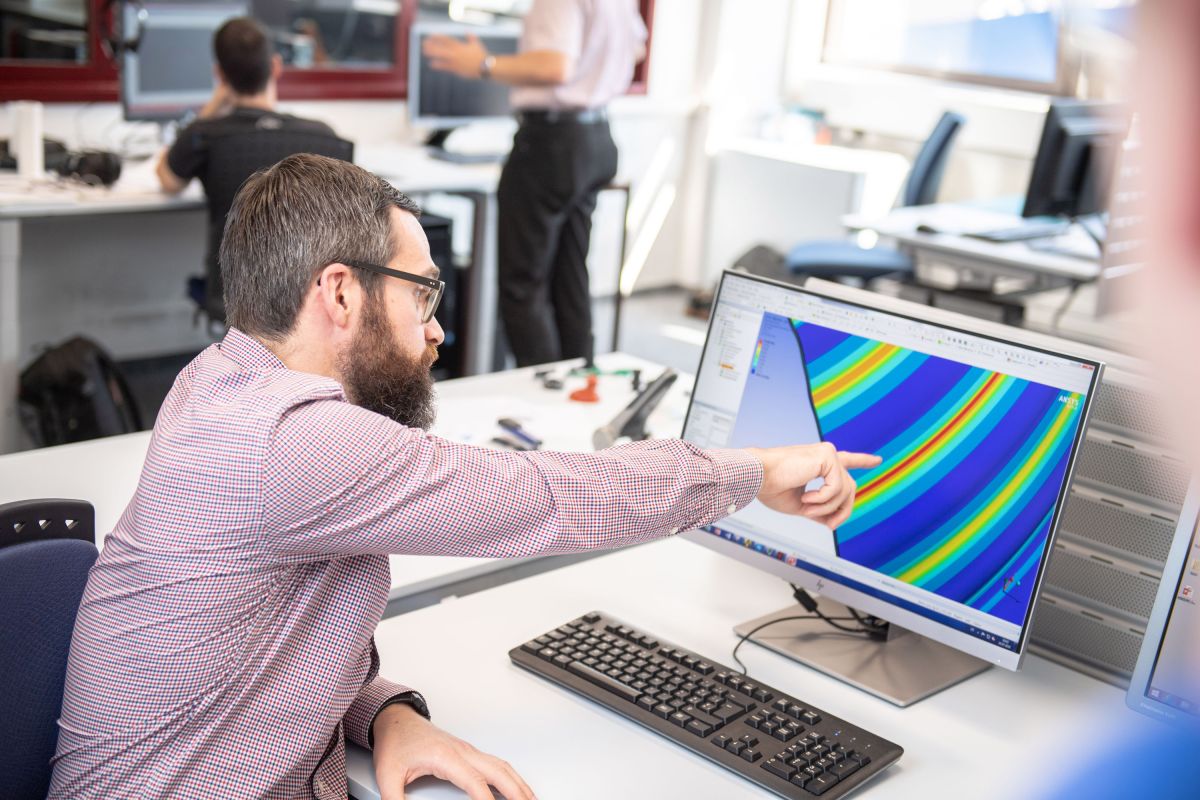
With advanced simulation capabilities in-house, we can investigate and overcome a wide variety of challenges faced by customers today. Through a combination of structural mechanical analysis, virtual molding and testing and modeling, together we build a fundamental understanding of increasingly complex products and production processes. This understanding, achieved via our collaborative approach and commitment to continuous improvement for our customers, in turn delivers reduced development costs and faster speeds to market.
Structural mechanical analysis is necessary to investigate the behavior of a component in order to improve its stability or performance. We interrogate and examine a wide range of parameters before prototypes exist, to determine the precise dimensions required in a specific application and to adjust the design or part geometry accordingly. Comparative studies can be carried out to focus on design and material variations, and to understand the behavior of a component under various loads. Specialist software is also deployed to determine the effective lifecycle of dynamically loaded components.
At the production level, virtual molding is critical in minimizing the time to market. Processing parameters and mold design can be optimized and potential challenges identified and addressed at the early stages of a project. Our virtual molding capabilities enable mold filling to be visualized, for runner systems to be balanced and for temperature distribution and curing times to be determined. Elements such as the identification of flow lines can also be achieved, ensuring components are produced to the highest standards of operational excellence.
Underpinning these elements are our testing and modeling capabilities, which are the foundation that ensure simulated activities are as close to reality as possible. The validation of simulation models is vital to determine appropriate material selection, particularly where the complex rheological and mechanical behaviors of elastomeric materials are concerned. Via our in-house, state-of-the-art laboratories, enhanced measurement techniques based on cutting-edge evaluation and modeling methods leverage our material expertise to deliver you the best possible outcomes.
The engineering process creates solutions and realities where once there were challenges and ideas and, in all our target markets, the need for this solution design process is increasing as demand for rapid innovation grows. Delivering outcomes that perform to the highest levels of functionality, quality, efficacy and sustainability is what our customers expect, with a focus on ensuring the fastest speeds to market through seamless collaboration.
Through a single, dedicated point of contact, our expert teams are deployed to solve even your most complex engineering challenges – taking existing designs or creating new proposals from scratch and streamlining them to create solutions that are not only producible, but that deliver on every level. Understanding the end goal and executing through the application of experience and advanced capabilities in-house is the Datwyler approach.
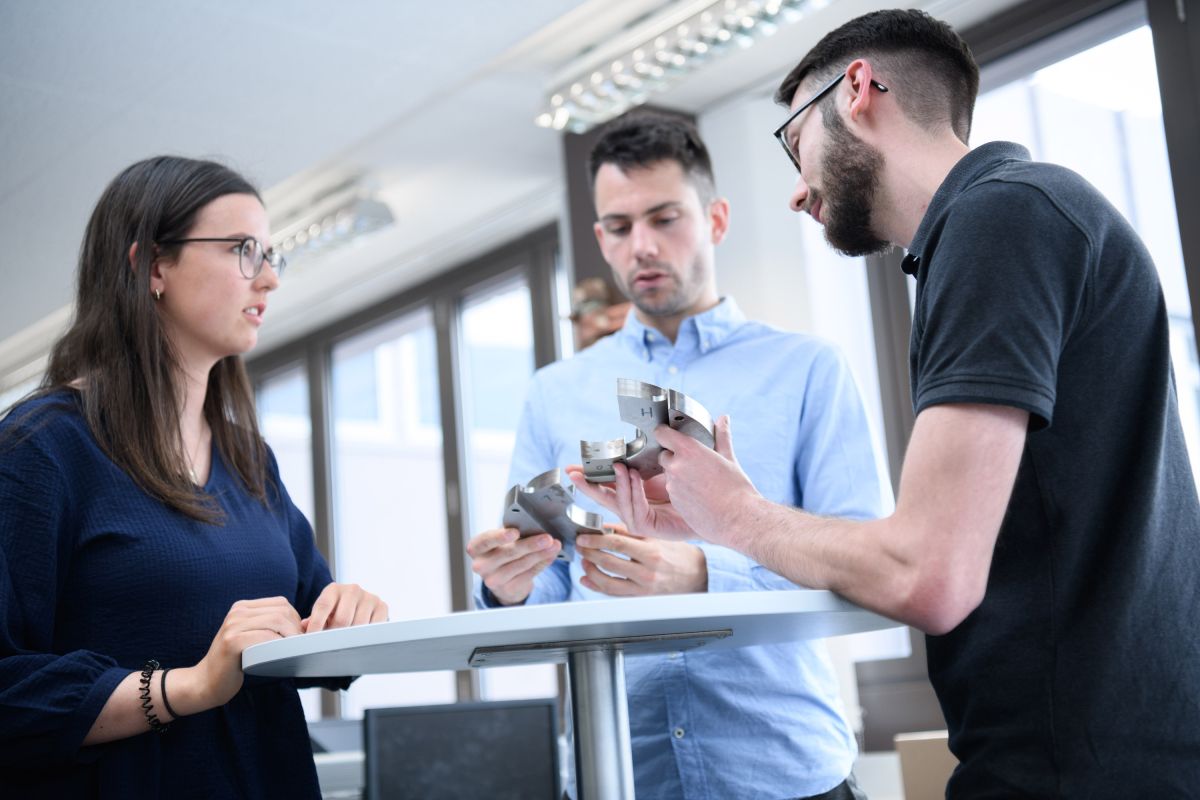
You can have confidence in our advanced material development and simulation capabilities, proven over thousands of applications, that influence how the engineering team approaches individual challenges in close partnership. The virtual must be able to translate into reality, and this requires the correct questions to be asked and answered at every stage of the process – from prototype through to efficient serial production – to deliver operational excellence.
This is achieved via the agile Datwyler Co-engineering process – an open, honest and transparent collaboration with customers that enables each member of our team to deliver results that are both optimized and focused on a common end goal. Even the smallest variable can have an impact, therefore digital opportunities are used and no assumptions are made. A Failure Modes and Effects Analysis (FMEA), overseen by a FMEA moderator, follows the process closely, while increased requirements or new restrictions, such as materials restricted by REACH, are constantly monitored by our proactive chemical regulatory compliance experts.
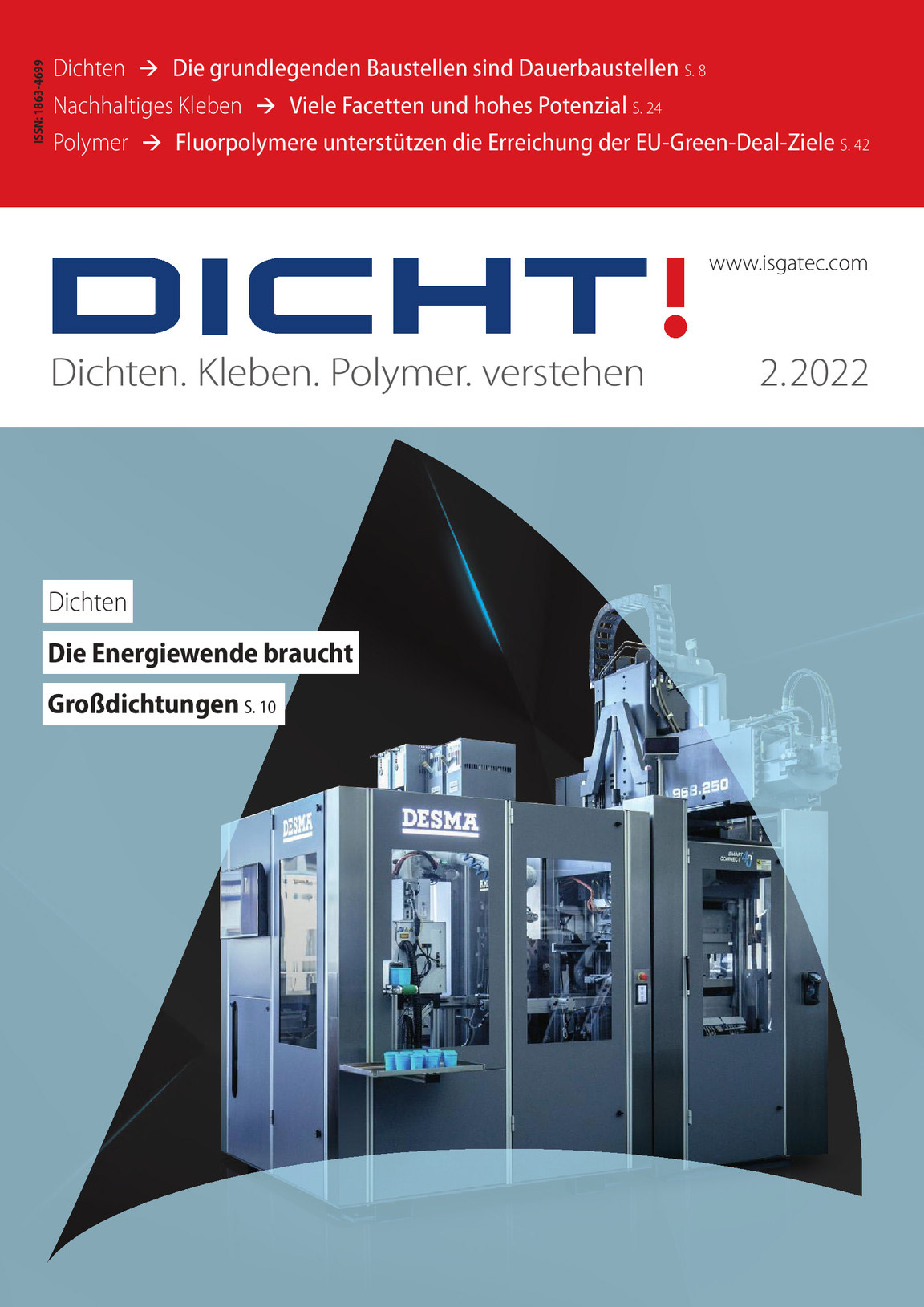
Increasing requirements, reduced costs, short time-to-market - this all needs to be considered when developing sealing solutions. One solution is the use of digital twins and state-of-the-art simulation tools.

On the surface, an elastomer O-ring may appear straightforward in terms of design and development, but there are far more processes involved than simply injecting rubber into a mold. Our expert Richard Katona explains how advanced materials development and simulation expertise can mean the difference between a good seal and an excellent one.
Dr. Rudolf Randler explains the benefits of a digital prototype such as enabling early verification of its functionality and performance.
Datwyler provides an insight into the development, manufacture and application of its sealing components, which can be equipped with sensors and thus be used for predictive maintenance. The focus is on the benefits for electric vehicles. An article by Andreas Minatti, Head of Business Development.
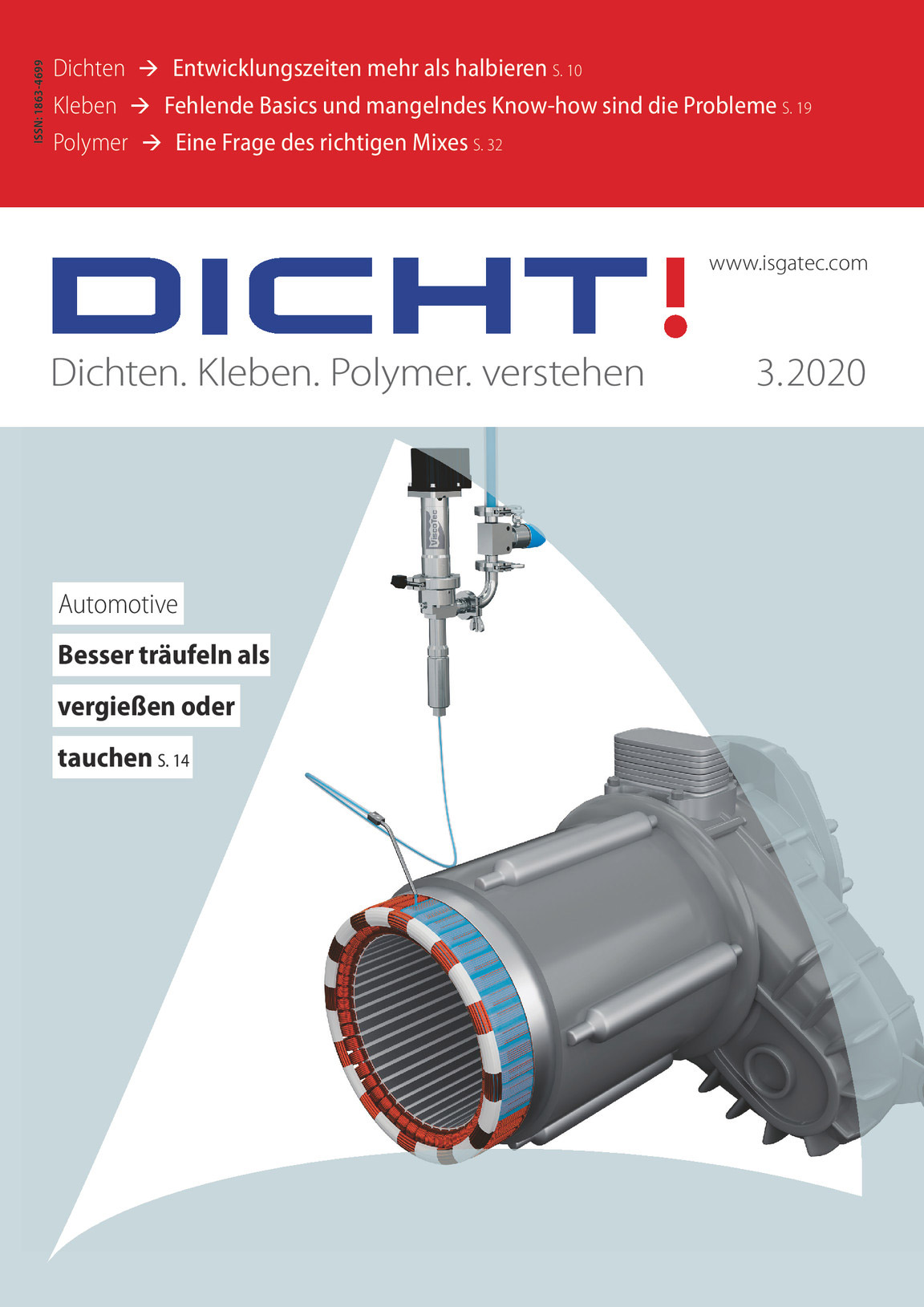
Simulation opens up great potential for rationalisation in component development. The automotive industry is a key driver for many developments in the sealing and polymer sector. This already has an effect during prototyping. DICHT! discussed why this is the case with Rudolf Randler, Head of Simulation, Andreas Minatti, Head of Business Development, and Konrad Dubler, Team Leader Engineering Mobility of Datwyler Switzerland Ltd.
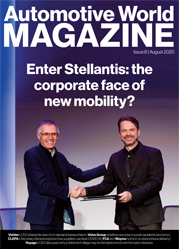
Engaging with expert component suppliers can provide a competitive edge as players scramble to prepare for electrification, writes Datwyler's Andreas Minatti.

The requirements for material and component parts in electromobility are more extensive than in the field of combustion engines. Andreas Minatti, Head of Business Development at Datwyler, talks about the challenges of electrification from the perspective of a sealing expert.